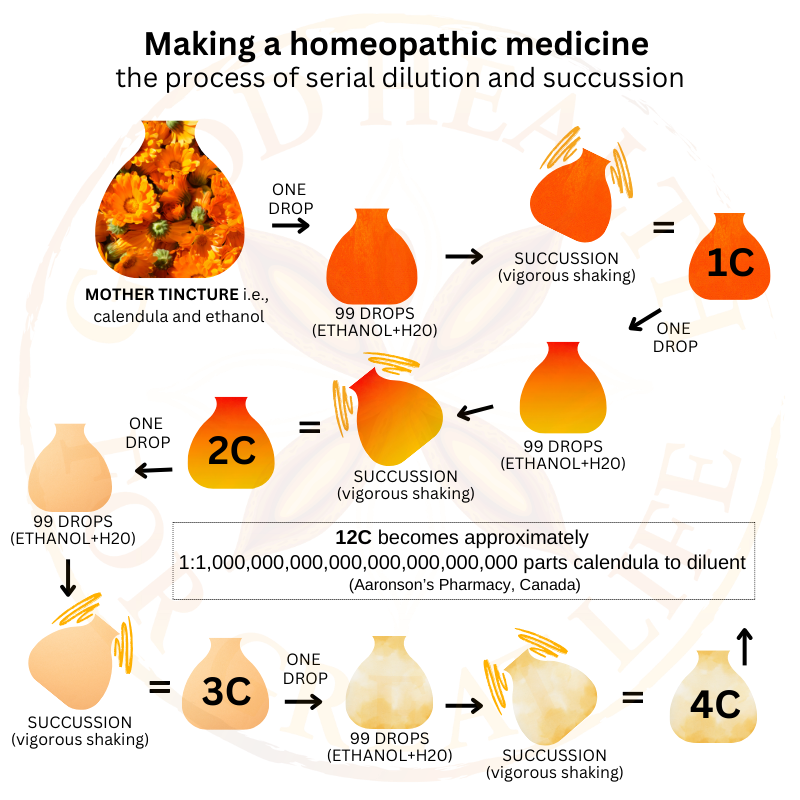Anamirta cocculus
‘‘used by the ancients as a poison for fish, stupefying them, and rendering it easy to catch them’’
FIRST proved as Cocculus indicus by Dr. Samuel Hahnemann in 1830 with the assistance of Drs. Baehr, Flaming, Gross, Haynel, Hornburg, Langhammer, Trinks and Hartlaus.1
Dr. Constantine Hering stated a ‘‘Tincture of the powdered seeds is used, which contain a crystallizable principle, Picrotoxin, a powerful poison.’’
‘‘It has been, and still is" (circa 1879) "extensively used for adulterating malt liquors…’’2
which, according to Dr. Margaret Lucy Tyler, ‘‘may account for some of the symptoms of beer drunkenness.’’
‘‘The attitudes and mentality of the reeling and roaring monstrosities one used to meet in the streets - anyway before the war, when beer happily became more costly and more difficult to obtain - are very suggestive of Cocculus poisoning: the difficult, uncertain gait; the difficult speech and articulation; the noisy, quarrelsome mood of the reeling, roaring songsters - no wonder that ‘‘one of the remedies for the diseases peculiar to drunkards’’ is Cocculus.3
HOMEOPATHY offers highly personalized medicine based on the application of the therapeutic similitude principle - that disease can be addressed via use of the potentized substance which produces similar symptoms.
PRIOR to 2021, I had prescribed cocculus indicus a handful of times (in 11 years) typically in sleep and menstrual issues however, I now regularly prescribe this homeopathic medicine (at least once per month right now) for conditions associated with Ménière's disease including vestibular neuritis (a case study here)
DIAGNOSIS of Ménière's
is based upon medical history (there is no definitive diagnostic test) and the presence of:4
Two or more episodes of vertigo lasting at least 20 minutes each
Tinnitus
Temporary hearing loss
A feeling of fullness in the ear
Any or all of these symptoms are debilitating, seriously lowering quality of life and appear to be on the rise…
In 2023, Italian researchers found rising incidence of vestibular neuritis (VN) (considered one of the most frequent causes of vertigo) alongside increases in reported rates of Bell's palsy (a cranial nerve (VII) inflammatory condition).5
In 2024, French individuals with slight, moderate, and severe tinnitus expressed a willingness to invest 1.6, 4.3, and 7.0 times their monthly income, respectively, to achieve complete relief from tinnitus…. In terms of financial burden, these findings align tinnitus to the recognized leading disabilities, including back pain and migraine.6
Enter…
Persistent postural-perceptual dizziness (PPPD)
‘‘a functional vestibular disorder characterized by persistent dizziness, unsteadiness, and non-spinning vertigo. It is the most common cause of chronic vestibular syndrome, but its pathogenesis is currently unclear…’’7
The following information is thanks to the incredibly informative Patricia’s Substack for Safe Tech International referring here to the HAVANA SYNDROME subsection of the June 3 Safe Tech International News and Notes
PPPD has a plausible relation to pulsed microwave and millimeter waves (5G).
The microwave auditory effect (Frey effect) occurs when pulsed radio frequency energy directed at the head results in small but crucial temperature increases in the skull and the brain propagating a pressure wave within the head, which leads to unusual audio vestibular sensations perceived as sound.
Beaming strong pulses of microwaves and millimeter waves (radio frequency (RF) waves (3kHz to 300GHz)) disturbs the vestibular system and can trigger PPPD.
5G is a radio frequency (RF) spectrum using millimeter waves (24 GHz to 100 GHz (typical range up to 40 GHz) and microwaves (3GHz to 28GHz).
The salient features of Hahnemann’s COCCULUS INDICUS
(gained over four provings out of a total of 557 symptoms)8
Stupid in the head
Cloudiness of the head, chiefly aggravated by eating and drinking
Dimness of sight
Dryness in the esophagus
Frequent empty eructation
When he becomes cold, or catches cold, there occurs an inclination to vomit, causing a copious flow of saliva
Inclination to vomit in connexion(sic) with headache, and a pain as if bruised in the bowels
Watery urine
Itching in the scrotum
Tensive constriction of the right side of the chest, which oppresses the breathing
In the shoulder joint and in the muscles of the upper arm single stitches when at rest
Stitches in the right upper arm
Sometimes one hand, sometimes the other, is as if insensible and asleep
Sometimes one hand, sometimes the other, is alternately hot and cold
Excites shooting pains and heat, in cold glandular swellings, at least when they are touched
All the symptoms and sufferings, especially in the head, are aggravated by drinking, eating, sleeping, and speaking
Intolerance of cold and warm air
Here and there in the limbs an acute paralytic drawing, continuous and in jerks, as if in the bone
Cracking and creaking in the joints
Great exhaustion of the body, so that it was an exertion to him to stand steady
Transpiration and slight perspiration over the whole body on the slightest exertion
The thoughts are fixed on a single disagreeable subject; she is absorbed in thought and notices nothing about her
She sits in deep reverie
Sudden, extreme anxiety
He is easily startled
The Law of Similars: like cures like
MUST be stated here
The whole system (of homeopathy) is based mainly upon the principle that the cure of a disease is accomplished by drugs that are capable of producing, in a healthy individual, similar symptoms (suffering) to those of the disease to be treated.
Some essential homeopathic theories complementing “the Law of Similars”9
There are no diseases as such, but only diseased individuals.
The indicated remedy should fit the symptoms of each individual case and not of the disease.
The necessary amount (dose) of the remedy needed to bring about a cure is the smallest possible one, indeed an infinitesimal one.
The symptoms of a disease, during the process of a cure disappear in the reverse order of their coming.
I leave you here with an end of life quote from Dr. Margaret Lucy Tyler10
“At the end of life we shall not be asked how much pleasure we have had in it, but how much of service we gave in it; not how full of success, but how full of sacrifice; not how happy we were, but how helpful we were.”
‘In contrast to frequent claims, the available Meta Analyses of homoeopathy in placebo-controlled randomised trials for any indication show significant positive effects beyond placebo.
Compared to other medical interventions, the quality of evidence for efficacy of homoeopathy was similar or higher than for 90% of interventions across medicine.
Accordingly, the efficacy evidence from placebo-controlled randomised trials provides no justification for regulatory or political actions against homoeopathy in health-care systems.’ 11
Hahnemann, S. 1986. Materia Medica Pura. Vol. I. New Delhi: B.Jain Publishers. (Originally published in 1817)
Hering, C. 1989. The guiding symptoms of our Materia Medica. New Delhi: B.Jain Publishers. (Originally published in 1879)
Tyler, M.L. 1998. Pointers to the Common Remedies. B.Jain Publishers Ltd. New Delhi. (Originally published 1934)
https://www.nidcd.nih.gov/health/menieres-disease
Mandalà et al., 2023. The incidence of vestibular neuritis in Italy. Front Neurol. May 18;14:1177621. Available from: https://pubmed.ncbi.nlm.nih.gov/37273688/
Jarach et al., 2024. The out-of-pocket expenses of people with tinnitus in Europe. J Epidemiol. May 25. Available from: https://www.jstage.jst.go.jp/article/jea/advpub/0/advpub_JE20230358/_article
Li K, Si L, Cui B, Ling X, Shen B, Yang X. Altered intra- and inter-network functional connectivity in patients with persistent postural-perceptual dizziness. Neuroimage Clin. 2020;26:102216. Available from: https://www.ncbi.nlm.nih.gov/pmc/articles/PMC7037590/
Hahnemann, S. 1986. Materia Medica Pura. Vol. I. New Delhi: B.Jain Publishers. (Originally published in 1817)
https://www.vithoulkas.com/research/scientific-papers/homeopathy-article-encyclopedia-papyros-larousse-britannica
Weir, Sir John, 1943, Obituary To Margaret Tyler, BHJ 32, pp.92-93. Available from: https://homeopathybooks.in/the-homoeopathic-recorder-1943-sep-vol-lix-no-3/dr-margaret-l-tyler-a-memoir/
Hamre HJ, Glockmann A, von Ammon K, Riley DS, Kiene H. Efficacy of homoeopathic treatment: Systematic review of meta-analyses of randomised placebo-controlled homoeopathy trials for any indication. Systematic Rev. 2023 Oct 7;12(1):191. https://systematicreviewsjournal.biomedcentral.com/articles/10.1186/s13643-023-02313-2#Abs1








